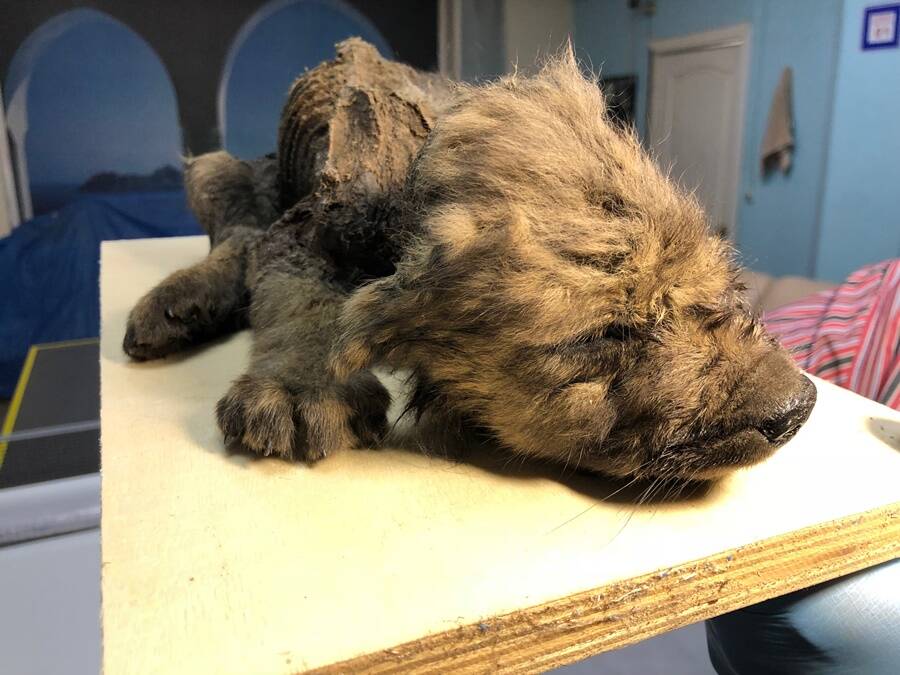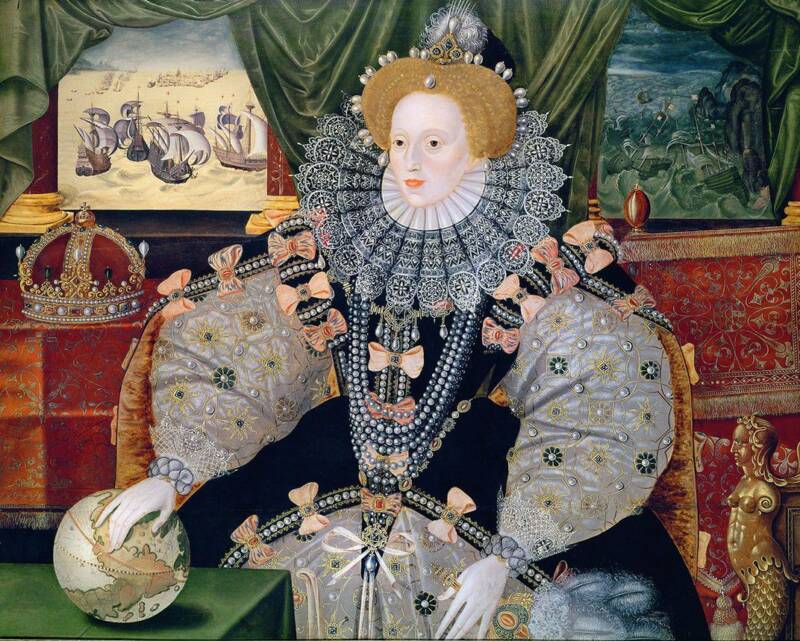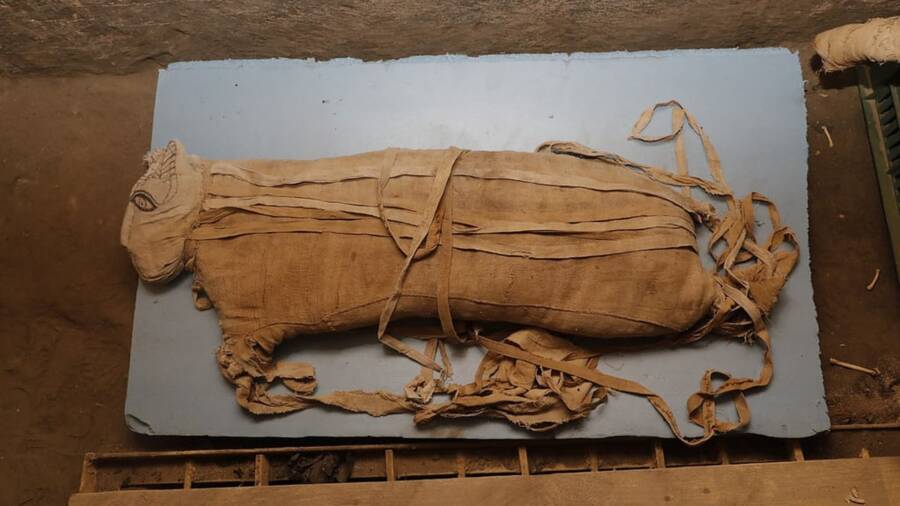Ancient mummified wolf-dog found in Siberia, Queen Elizabeth's sloppy handwriting outed, rare Egyptian animal mummies uncovered.
Meet Dogor, The Mummified Wolf-Dog Ancestor That Died 18,000 Years Ago In Siberian Permafrost

Centre for Palaeogenetics/TwitterScientists have named the 18,000-year-old mummified mutt Dogor, which means “friend” in Yakutian.
A recent discovery has left researchers bewildered. An 18,000-year-old mummified corpse of a puppy was found buried under the Siberian permafrost, but analysis of the incredibly well-preserved remains have suggested that the animal is neither dog nor wolf — meaning it could actually be a common ancestor for both.
Russian scientists unearthed the canine corpse near Yakutsk, located in eastern Siberia. Like many past archaeological discoveries uncovered from the depths of the permafrost, the mummified pup was mostly intact with its nose, fur, and teeth remarkably well-preserved.
Read on here.
Queen Elizabeth I’s Sloppy Handwriting Gave Her Away As The Unknown Translator Of A Roman Text

Public DomainA new study has revealed Queen Elizabeth I as the unknown translator of a historical Roman text.
In a stunning historical discovery, Queen Elizabeth I has been identified as the anonymous translator behind the English translation of a historical Roman text. And, funnily enough, it was the monarch’s sloppy handwriting that gave it away.
A researcher analyzed a 16th-century translation of Tacitus’ book Annals — including the type of paper, the style of writing, and the penmanship. Results showed that Queen Elizabeth I was indeed responsible for the translated text.
Dig deeper in this report.
Rare Discovery Of Mummified Lion Cubs, Cobras, And Crocodiles Unveiled In Egypt

Egyptian Ministry of AntiquitiesA large mummified cat, most likely a young lion. This was one of the many animals found at the Saqqara necropolis.
Egyptian authorities have unveiled a trove of mummified animals and statues in remarkable condition. The discovery was made near the remains of a mummified adult lion that was found beneath the Saqqara necropolis in 2004.
The findings include mummified big cats, cobras, and crocodiles. There are dozens of mummified cats, 75 wooden and bronze cat statues, mummified birds, and even a mummified beetle three to four times bigger than usual. Experts say the haul dates back to the seventh century B.C.
Of the five large mummified wildcats, two have been identified as lion cubs. Meanwhile, three of them have yet to be identified. Head of Egypt’s Supreme Council for Antiquities, Mostafa Waziry, isn’t too concerned. He’s one of many who believe this stunning cache of relics will boost tourism to the country.
“If it’s a cheetah, a leopard, a lioness, a panther — whatever, it will be one of its kind,” he said.
See more here.





